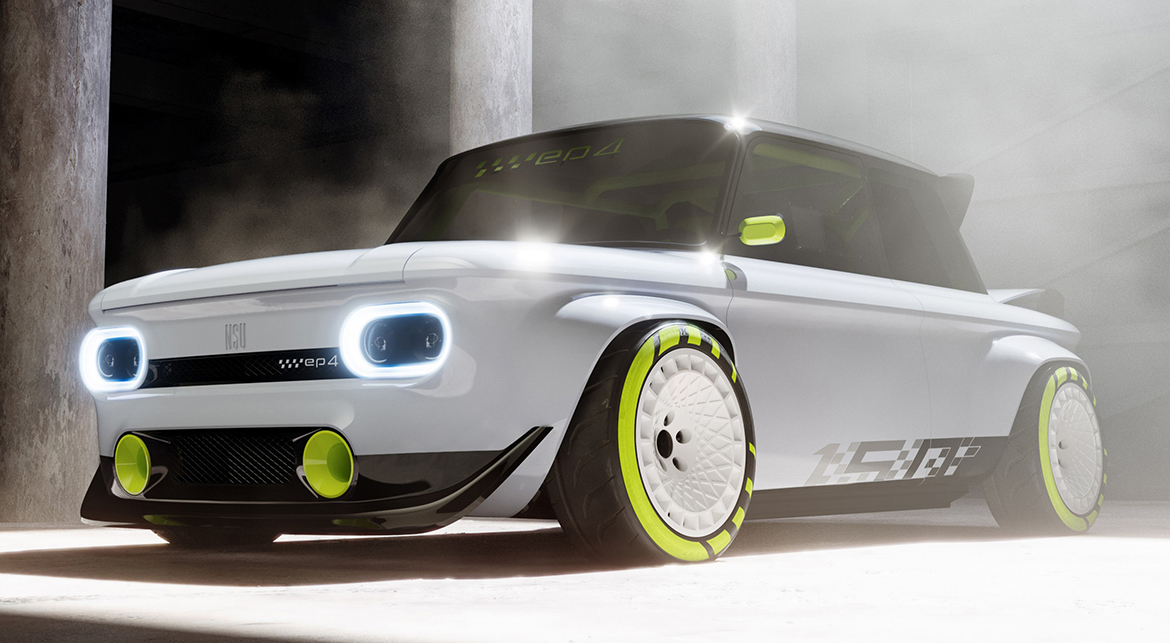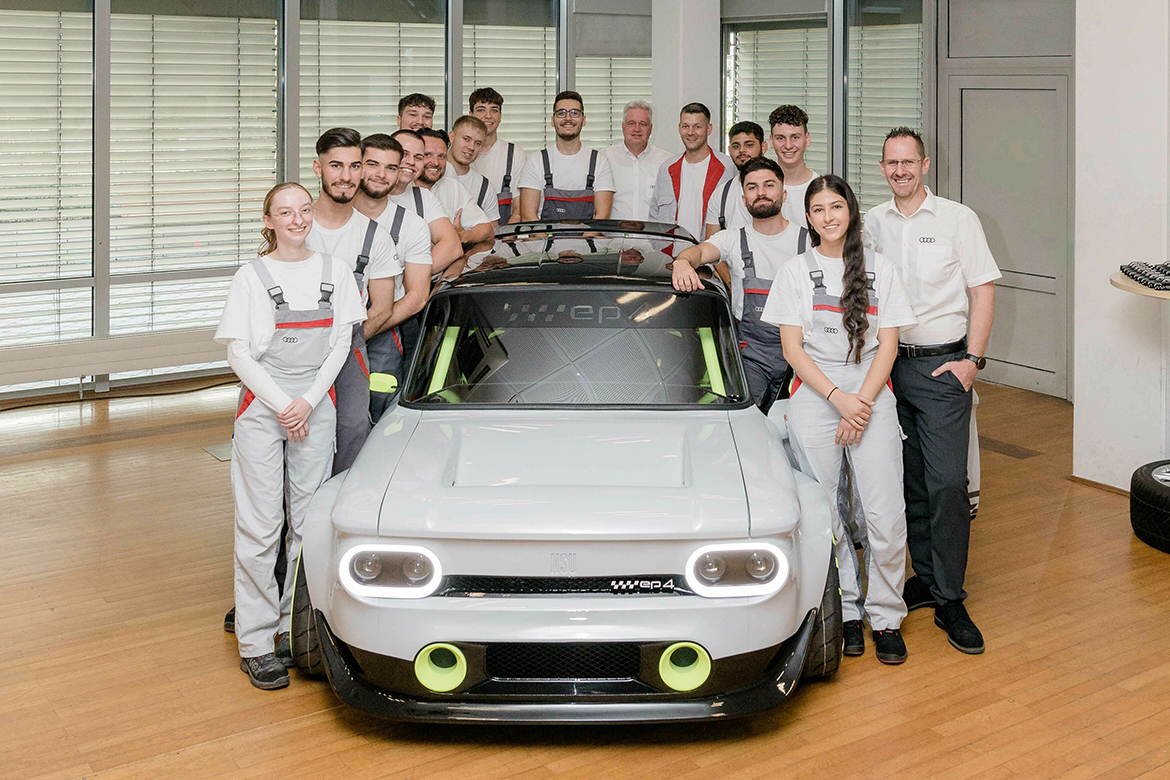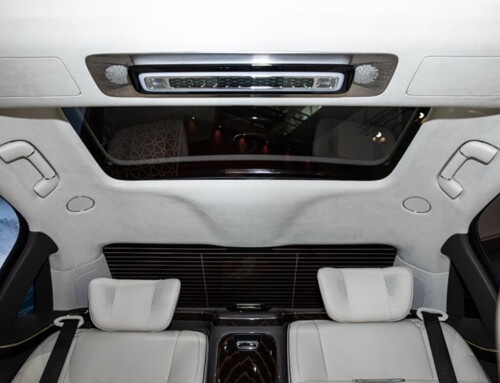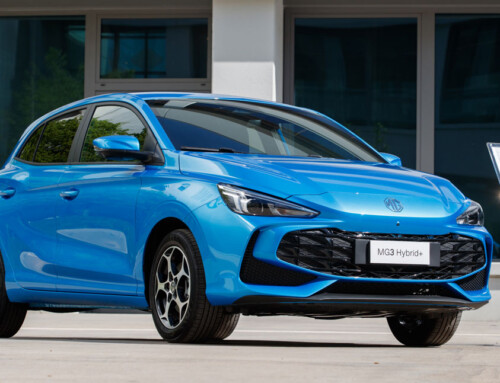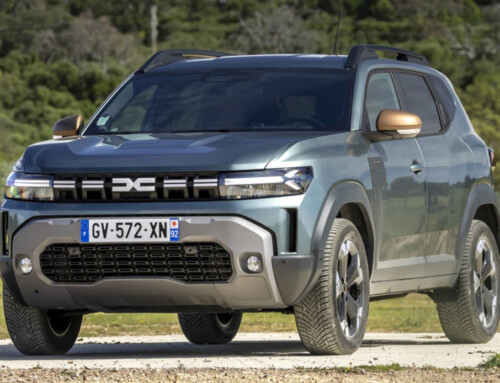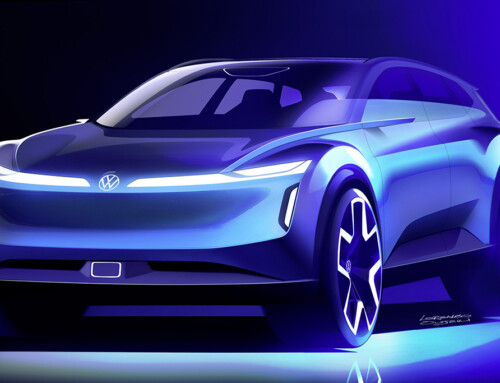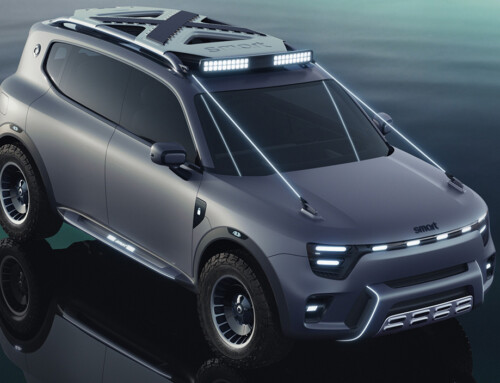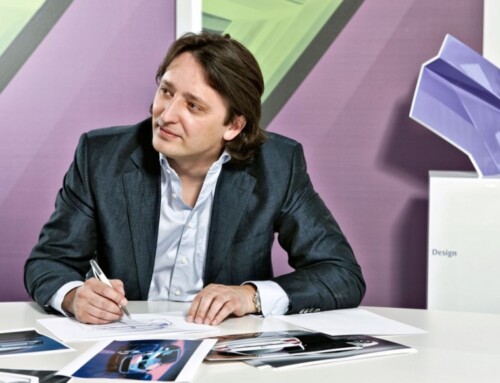“We wanted to make a car that would perform and fascinate while honouring the site’s 150th anniversary,” explains Dean Scheuffler, an apprentice mechanic at the Audi plant in Neckarsulm. The perfect starting point was a 1971 NSU Prinz 4, abandoned to neglect for decades until the resurrection, which began in January 2023. The trainees of the four rings have awakened this “princess” from their slumber, equipping her with a new high-tension heart. A long-term project that required the joint commitment of apprentices and trainers. As a first step, it was crucial to ensure a solid foundation for conversion. Mizgar Doman Hassan, apprentice coachbuilder, recalls: “When we received the car, the body had several rust spots. These areas were the first to be settled.”

The EP4 prototype recalls multiple stylistic elements derived from NSU Prinz, first of all the headlights and the 70s bodywork with almost unchanged shoulder and roof lines. The apprentices freed the sheet metal from rust and drew on the Audi colours Suzuka grey and Brillante black. Along the sides of the car was applied the celebratory inscription “150”. The performance guaranteed by the electric powertrain, clearly superior to the original, has imposed extensive changes to the chassis and bodywork. The platform consists of a platform derived from the Audi A1, including the brakes and the schematism of the suspension, while the bodywork has undergone marked interventions that have led to a clear widening of the roadways. The wheel arches were designed with the support of Audi Design and made using 3D printing. “We wanted the EP4’s sportiness to be immediately noticeable from every angle,” explains Cynthia Huster, an apprentice painter. The spoiler, in Signal yellow, gives the EP4 a particularly aggressive appearance and is not fixed to the body as usual, but to the roll bar. The supports therefore pass through the rear window.
At all stages of the work, the apprentices put into practice the knowledge gained during the Audi training course. Timo Engler, Head of Vehicle Training & Applied Technology, explains: “The project allowed trainees to work creatively with different techniques and multiple materials. Ranging, for example, from electric traction to 3D printing, from carbon fiber to Kevlar». In addition to the concrete application of the training principles, the apprentices received valuable support from Audi Technical Development, experiencing first-hand the production processes of the four rings. The NSU models have written an indelible page in the history of motoring and still inspire enthusiasts today: thanks to the uncompromising design and electric drive, EP4 reinforces the anticipation for the next full electric cars that will be produced at the Audi site in Neckarsulm.

